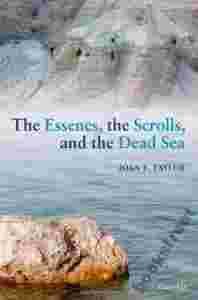|
Ever since the discovery of the Dead Sea Scrolls in
caves near the site of Qumran in 1947, this mysterious
cache of manuscripts has been associated with the
Essenes, a 'sect' configured as marginal and isolated.
Scholarly consensus has held that an Essene library was
hidden ahead of the Roman advance in 68 CE, when Qumran
was partly destroyed. With much doubt now expressed
about aspects of this view, the Essenes, the Scrolls
and the Dead Sea systematically reviews the
surviving historical sources, and supports an
understanding of the Essenes as an influential legal
society, at the centre of Judaean religious life, held
in much esteem by many and protected by the Herodian
dynasty, thus appearing as 'Herodians' in the Gospels.
Opposed to the Hasmoneans, the Essenes combined
sophisticated legal expertise and autonomy with an
austere regimen of practical work, including a
specialisation in medicine and pharmacology. Their
presence along the north-western Dead Sea is strongly
indicated by two independent sources, Dio Chrysostom and
Pliny the Elder, and coheres with the archaeology. The
Dead Sea Scrolls represent not an isolated library,
quickly hidden, but burials of manuscripts from numerous
Essene collections, placed in jars in caves for
long-term preservation. The historical context of the
Dead Sea area itself, and its extraordinary natural
resources, as well as the archaeology of Qumran, confirm
the Essenes' patronage by Herod, and indicate that they
harnessed the medicinal material the Dead Sea zone
provides to this day.
|
|

